 Northern Pulp was granted creditor protection by the BC Supreme Court to ensure it can safely idle its Pictou County mill, three weeks after Nova Scotia offered to defer its loan payments. In Business/COVID news: Canadian forest industry overcomes operational challenges; BC extends electricity bill payment deferral; Montana timber industry braces for pandemic effects; and housing will outperform the US economy—so will forest products.
Northern Pulp was granted creditor protection by the BC Supreme Court to ensure it can safely idle its Pictou County mill, three weeks after Nova Scotia offered to defer its loan payments. In Business/COVID news: Canadian forest industry overcomes operational challenges; BC extends electricity bill payment deferral; Montana timber industry braces for pandemic effects; and housing will outperform the US economy—so will forest products.
In other news: SFI and FSC recognize National Indigenous Peoples Day; and wildfire advancement and preparations in Alberta, New Brunswick, and Washington state. Meanwhile: Enviva acquires two pellet plants in Georgia; and mass timber the upshot of Sidewalk Labs’ canceled Toronto project.
Finally, June 22 is World (Tropical) Rainforest Day.
Kelly McCloskey, Tree Frog Editor
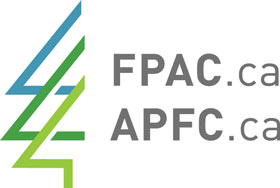 The COVID-19 pandemic has transformed the world in a permanent way. Over the last few months, Canada’s forest products industry has overcome unprecedented operational challenges, even as we moved to embrace our designation as an ‘essential’ Canadian service. The challenge before us was threefold: we needed to ensure our people’s safety, keep our critical supply chain moving, and provide Canadians with basic necessities. We immediately recognized that protecting the health and safety of our workers would be essential to meeting these challenges head on. As a first step, Forest Products Association of Canada (FPAC) convened a working group comprised of the Human Resource leaders within our membership. …As Canada and the world gets moving again, Canada’s forest sector and its people are in a unique position to drive economic recovery. …Canadians can rely on forest professionals to move forward and provide the essential needs that will sustain our communities through this turbulent period. It’s what we do.
The COVID-19 pandemic has transformed the world in a permanent way. Over the last few months, Canada’s forest products industry has overcome unprecedented operational challenges, even as we moved to embrace our designation as an ‘essential’ Canadian service. The challenge before us was threefold: we needed to ensure our people’s safety, keep our critical supply chain moving, and provide Canadians with basic necessities. We immediately recognized that protecting the health and safety of our workers would be essential to meeting these challenges head on. As a first step, Forest Products Association of Canada (FPAC) convened a working group comprised of the Human Resource leaders within our membership. …As Canada and the world gets moving again, Canada’s forest sector and its people are in a unique position to drive economic recovery. …Canadians can rely on forest professionals to move forward and provide the essential needs that will sustain our communities through this turbulent period. It’s what we do. Pinnacle Renewable Energy’s Williams Lake facility has started operations again following months of capital upgrades. Between upgrades at the Williams Lake facility and the work undertaken in Quesnel on Pinnacle’s Meadowbank facility, the firm has invested close to $30 million in this region over the past year. Robert McCurdy, CEO of Pinnacle, said: “We are thrilled that the hopes we had to upgrade our Williams Lake facility and position it for a strong future have all come to pass. We have built new levels of resilience and safety into our Williams Lake pellet facility.” …The Williams Lake facility can now utilise marginal, damaged, and dead wood, and can process wood impacted by fire. This maximises the forest’s materials, cuts down on wildfire fuel and promotes forest health, says Pinnacle. …Pinnacle says the upgrades will allow for a boost in employment, both at the facility and in the local forest industry.
Pinnacle Renewable Energy’s Williams Lake facility has started operations again following months of capital upgrades. Between upgrades at the Williams Lake facility and the work undertaken in Quesnel on Pinnacle’s Meadowbank facility, the firm has invested close to $30 million in this region over the past year. Robert McCurdy, CEO of Pinnacle, said: “We are thrilled that the hopes we had to upgrade our Williams Lake facility and position it for a strong future have all come to pass. We have built new levels of resilience and safety into our Williams Lake pellet facility.” …The Williams Lake facility can now utilise marginal, damaged, and dead wood, and can process wood impacted by fire. This maximises the forest’s materials, cuts down on wildfire fuel and promotes forest health, says Pinnacle. …Pinnacle says the upgrades will allow for a boost in employment, both at the facility and in the local forest industry.

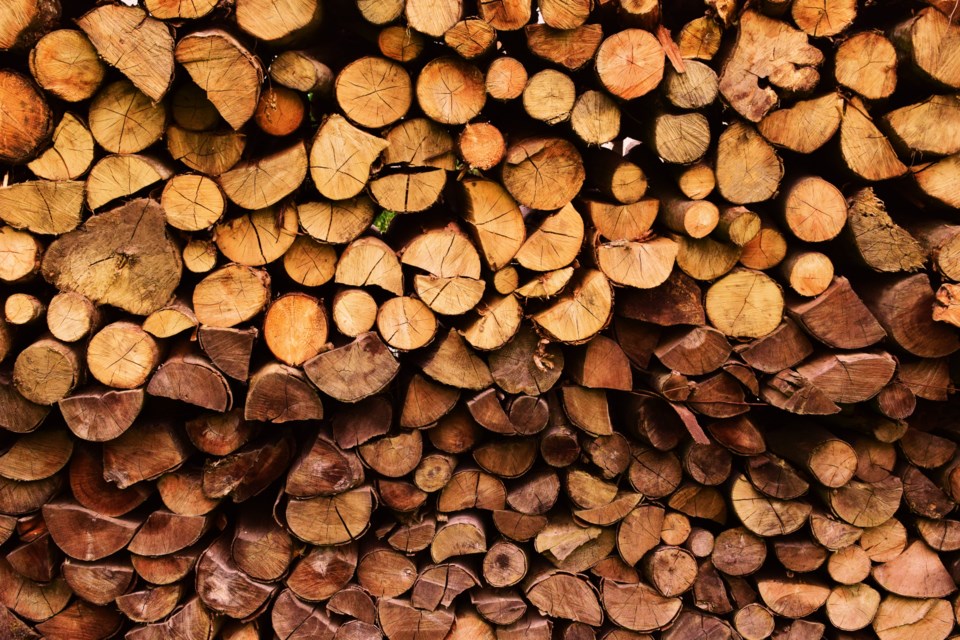


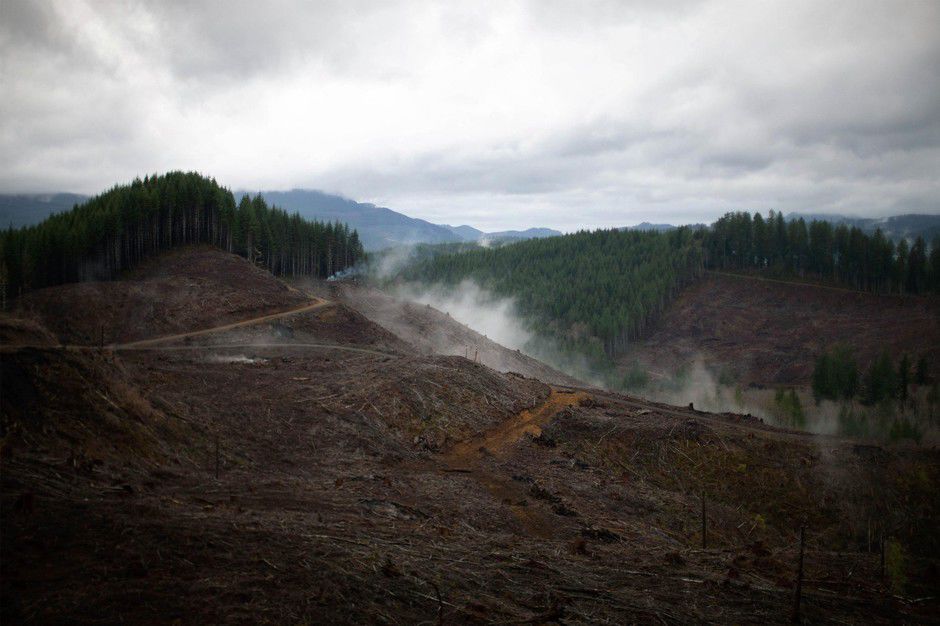
 Enviva Partners LP announced on June 18 it has agreed to purchase a wood pellet plant located in Waycross, Georgia, associated export terminal capacity in Savannah, Georgia, and a wood pellet plant located in Greenwood, South Carolina. The Waycross plant and Savannah terminal assets are being acquired from Innogy SE for $175 million in cash, subject to customary adjustments. The transaction is expected to close in the third quarter of this year. The Waycross plant has been operating since 2011 and has a production capacity of approximately 800,000 tons per year. Pellets produced at the Waycross plant are exported through a terminal at the Port of Savannah under a long-term terminal lease and associated services agreement.
Enviva Partners LP announced on June 18 it has agreed to purchase a wood pellet plant located in Waycross, Georgia, associated export terminal capacity in Savannah, Georgia, and a wood pellet plant located in Greenwood, South Carolina. The Waycross plant and Savannah terminal assets are being acquired from Innogy SE for $175 million in cash, subject to customary adjustments. The transaction is expected to close in the third quarter of this year. The Waycross plant has been operating since 2011 and has a production capacity of approximately 800,000 tons per year. Pellets produced at the Waycross plant are exported through a terminal at the Port of Savannah under a long-term terminal lease and associated services agreement.

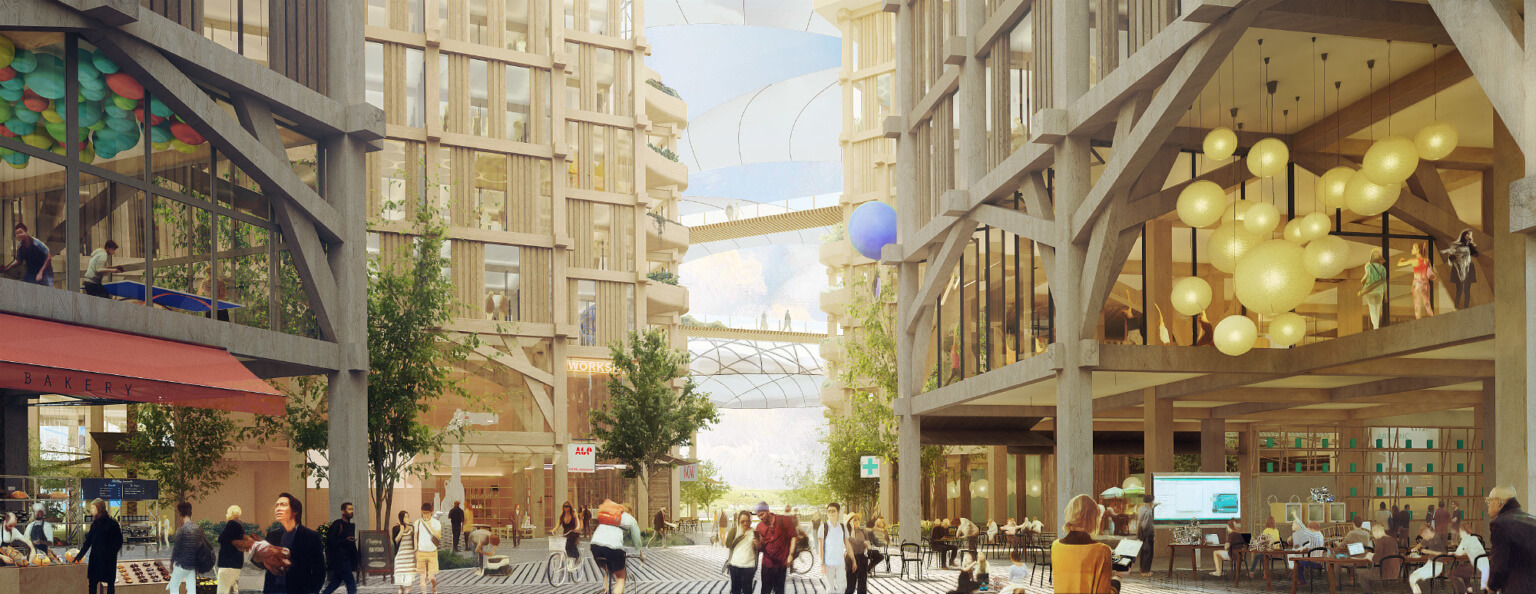


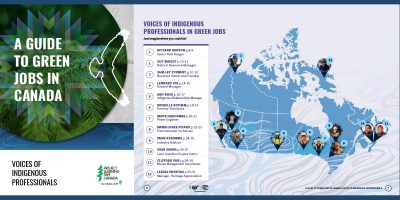





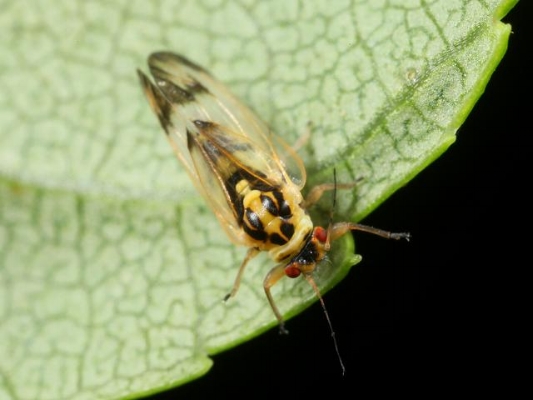







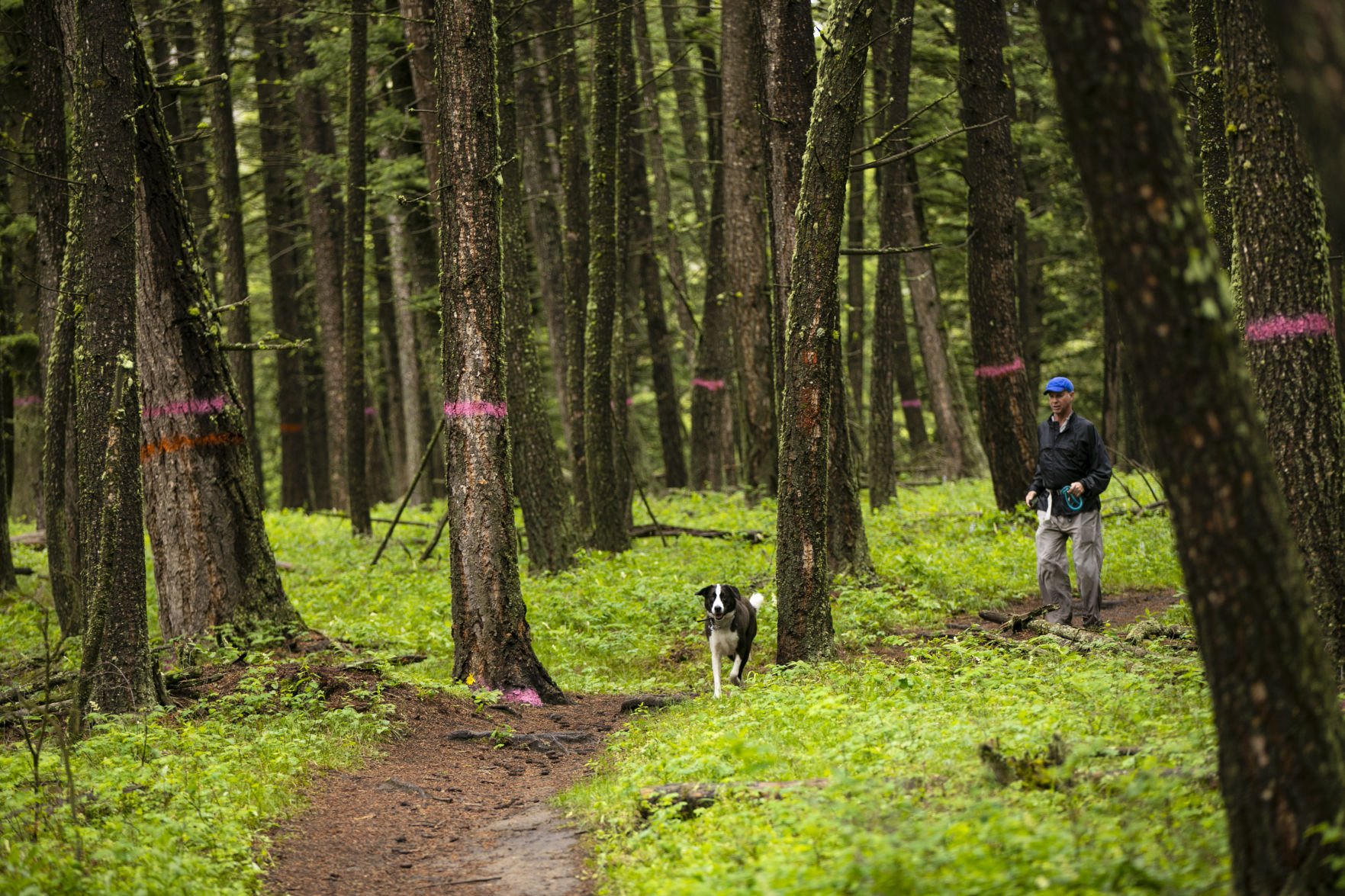

 …For as long as forests had blanketed the coastal edge of the Pacific Northwest, the northern spotted owl had lived within them, quietly and anonymously; but that pivotal summer, the small bird was suddenly the unlikely symbol at the center of a social, political, economic and ecological controversy known as the Timber Wars. It was a transitional historic moment marked by protests, lawsuits and even sabotage that reshaped the Northwest timber industry and environmental policy and thrust the spotted owl into the national spotlight. It’s been 30 years this June since the spotted owl was listed under the Endangered Species Act and made the cover of Time magazine. Today, the quiet little owl has slipped out of the national spotlight, back to its relative obscurity in the dense pockets of ancient old growth.
…For as long as forests had blanketed the coastal edge of the Pacific Northwest, the northern spotted owl had lived within them, quietly and anonymously; but that pivotal summer, the small bird was suddenly the unlikely symbol at the center of a social, political, economic and ecological controversy known as the Timber Wars. It was a transitional historic moment marked by protests, lawsuits and even sabotage that reshaped the Northwest timber industry and environmental policy and thrust the spotted owl into the national spotlight. It’s been 30 years this June since the spotted owl was listed under the Endangered Species Act and made the cover of Time magazine. Today, the quiet little owl has slipped out of the national spotlight, back to its relative obscurity in the dense pockets of ancient old growth. 



